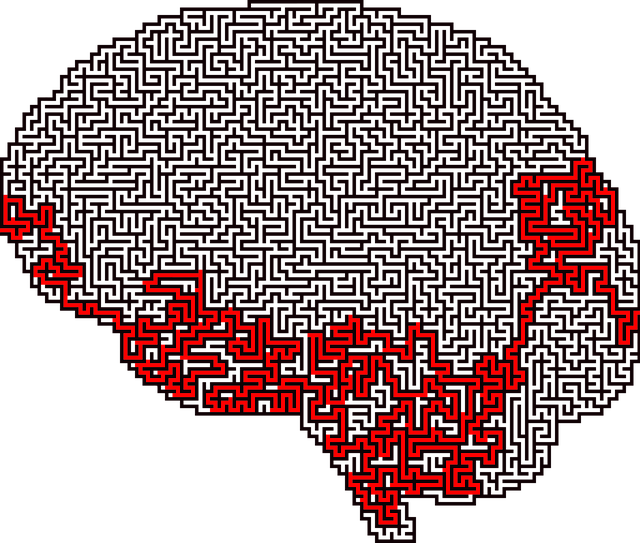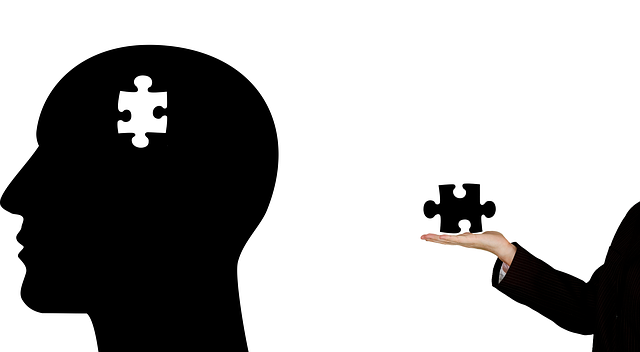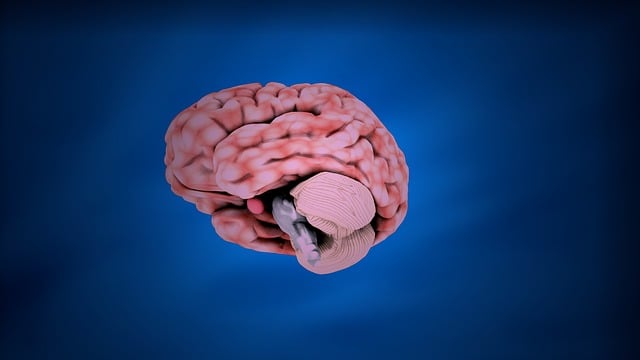Children's PTSD is a complex condition requiring specialized therapy. Mindfulness meditation, self-care routines, and early mental wellness coaching are key to prevention and treatment. Evidence-based therapies like CBT, play therapy, and art therapy address symptoms and build resilience. Supportive learning environments, trauma-informed practices, and risk management planning facilitate healing. Comprehensive evaluation methods measure program success, inform improvements, and reduce stigma around children's mental health issues, specifically focusing on Therapy for Children Post-Traumatic Stress Disorder.
In today’s world, addressing children’s mental health is more crucial than ever. This comprehensive guide explores therapy programs designed to tackle Post-Traumatic Stress Disorder (PTSD) in young individuals. We delve into the symptoms and far-reaching impacts of PTSD on children, emphasizing the significance of early intervention within school settings. By examining evidence-based practices, creating supportive learning environments, and implementing effective assessment strategies, this article offers insights into designing impactful therapy programs for children suffering from PTSD.
- Understanding Children's Post-Traumatic Stress Disorder (PTSD): Symptoms and Impact
- The Importance of Early Intervention for Mental Health in Schools
- Designing an Effective Therapy Program: Evidence-Based Practices for Kids
- Creating a Supportive Learning Environment for Traumatized Youth
- Measuring Success: Assessment and Evaluation Strategies for PTSD Therapy Programs
Understanding Children's Post-Traumatic Stress Disorder (PTSD): Symptoms and Impact

Children’s Post-Traumatic Stress Disorder (PTSD) is a complex condition that arises from exposure to traumatic events. Recognizing its symptoms is crucial for effective therapy and supporting these young individuals. The impact of PTSD on children can manifest in various ways, affecting their emotional, behavioral, and social well-being. They may experience intense feelings of fear, anxiety, or dissociation, leading to avoidance behaviors and difficulties in daily functioning.
In addressing PTSD in children, mindfulness meditation has emerged as a valuable tool in therapy. Teaching kids techniques to focus on the present moment can help reduce symptoms and foster resilience. Additionally, promoting self-care routines, such as regular exercise, healthy eating, and adequate sleep, plays a crucial role in burnout prevention and overall mental health development for these vulnerable populations.
The Importance of Early Intervention for Mental Health in Schools

Early intervention is a cornerstone of any effective mental health education program in schools. Identifying and addressing mental health issues early on can prevent them from escalating, which is particularly crucial for young individuals who are still developing their coping mechanisms and emotional intelligence. Programs focused on mental wellness coaching should incorporate strategies to enhance self-esteem improvement, as this can be a buffer against various mental health challenges, including post-traumatic stress disorder (PTSD). By integrating mental wellness journaling exercises into the curriculum, students can learn to process their emotions and experiences in a safe and supportive environment.
School-based interventions offer a unique opportunity to reach children at a vulnerable yet formative stage, providing them with essential life skills and resilience against future mental health struggles. This proactive approach not only equips students with tools for managing stress and adversity but also fosters a culture of open communication about mental wellness, reducing stigma and encouraging help-seeking behaviors. Therapy for children with PTSD is one such specialized service that can be integrated into these programs to support those who have experienced traumatic events.
Designing an Effective Therapy Program: Evidence-Based Practices for Kids

Designing an effective therapy program for children requires a structured approach that incorporates evidence-based practices tailored to their unique needs. For kids dealing with post-traumatic stress disorder (PTSD), a comprehensive strategy is essential. This includes not just addressing symptoms but also fostering mental health awareness and building resilience. Therapists should employ techniques like cognitive behavioral therapy (CBT), which helps children identify and change negative thought patterns, thereby improving self-esteem and coping mechanisms.
Additionally, play therapy and art therapy can be powerful tools to engage young clients in the healing process. These methods allow kids to express themselves nonverbally, making it easier for therapists to understand their perspectives and experiences. By integrating these evidence-based practices, mental health programs can create a safe space where children feel supported, enabling them to develop the resilience needed to overcome challenges and thrive.
Creating a Supportive Learning Environment for Traumatized Youth

Creating a supportive learning environment is paramount when designing mental health education programs for traumatized youth. This involves fostering a safe and non-judgmental space where students feel comfortable expressing their emotions and sharing their experiences. Incorporating trauma-informed practices, such as mindfulness exercises and narrative therapy, can help children with post-traumatic stress disorder (PTSD) develop emotional regulation skills. By implementing these strategies, educators can facilitate healing and create a nurturing environment that supports their mental well-being.
Additionally, integrating risk management planning for mental health professionals into the program ensures that students receive consistent support while empowering them to take charge of their emotional health. Regular risk assessments for mental health professionals also allow for proactive intervention, addressing potential triggers or escalating issues promptly. This holistic approach not only enhances the learning experience but also prepares youth to navigate and manage their trauma effectively in various settings.
Measuring Success: Assessment and Evaluation Strategies for PTSD Therapy Programs

Evaluating the success of therapy programs for children with Post-Traumatic Stress Disorder (PTSD) is a multifaceted process. Assessment strategies should go beyond standard diagnostic tools to include qualitative measures that capture the child’s subjective experience and progress in their recovery journey. This may involve structured interviews, self-report questionnaires, or creative expressions like art therapy sessions, all designed to assess changes in symptoms, emotional regulation, and overall functioning.
Regular monitoring of treatment outcomes is crucial for refining program design and ensuring effectiveness. Comparing pre- and post-intervention data, as well as tracking long-term follow-ups, allows therapists to measure the impact of therapy on children’s mental health. These evaluation methods not only contribute to the body of research on PTSD treatment but also inform mental illness stigma reduction efforts and public awareness campaigns development. Moreover, they provide valuable crisis intervention guidance, helping to identify areas needing improvement in both therapeutic approaches and support systems.
In designing therapy programs for children affected by post-traumatic stress disorder (PTSD), a multifaceted approach is essential. By integrating evidence-based practices, creating supportive learning environments, and employing effective assessment strategies, schools can play a pivotal role in early intervention. This holistic program design not only enhances the success of PTSD therapy but also fosters resilience and promotes long-term well-being for traumatized youth.














